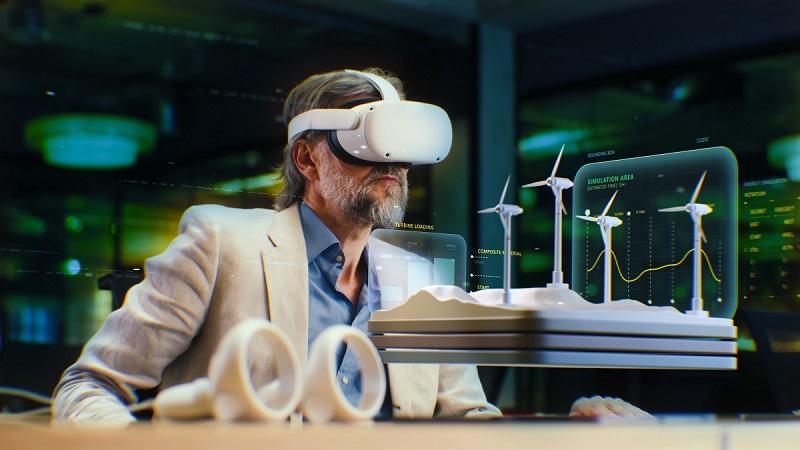Unpacking the Strong 17.41% Growth of the Extended Reality CAGR

A market's Compound Annual Growth Rate (CAGR) provides a clear picture of its momentum, and the projected Extended Reality CAGR signifies a period of robust and sustained expansion. A double-digit CAGR is a strong indicator of a technology that is successfully crossing the chasm from early adoption to mainstream acceptance. For the XR industry, this growth rate reflects a powerful convergence of factors, including rapid advancements in hardware, a growing ecosystem of software developers, and increasing demand from both consumer and enterprise markets. This is not the volatile, hype-driven growth of an unproven concept but the steady, confident climb of a technology with a clear value proposition and a diverse range of real-world applications that are solving tangible problems.
The economic engine powering this immersive revolution is a formidable compound annual growth rate of 17.41%. This rate of expansion is the force that will elevate the market's total size from $51.32 billion in 2024 to a projected $300.0 billion over the next decade, culminating in 2035. This forecast highlights the long-term confidence in the industry's ability to consistently innovate and attract investment. The sustained nature of this growth suggests that XR is not a fleeting trend but a foundational technological shift, with each year's progress in hardware, software, and content development laying the groundwork for even greater adoption and market expansion in the subsequent year, creating a powerful, self-reinforcing growth cycle.
Several key drivers are responsible for fueling this impressive CAGR. On the hardware side, continuous improvements in display resolution, processing power, and form factor—making devices lighter and more comfortable—are lowering the barriers to entry and improving the user experience. On the software side, the availability of more sophisticated and user-friendly development tools is empowering a larger community of creators to build compelling XR applications. Furthermore, the strategic investments being made by major technology companies are creating a competitive environment that accelerates innovation and helps to subsidize the cost of hardware for consumers. The enterprise sector's embrace of XR for training, collaboration, and design is also a major contributor, providing a stable and high-value revenue base for the industry.
Looking ahead, the 17.41% CAGR is expected to be maintained and potentially accelerated by the increasing convergence of XR with other transformative technologies. The rollout of 5G and future 6G networks will provide the high-bandwidth, low-latency connectivity needed for seamless, cloud-rendered XR experiences. The integration of artificial intelligence will enable more realistic virtual avatars, smarter digital assistants, and more intuitive user interfaces that respond to gestures and voice commands. As these technological enablers mature, the range and quality of XR applications will expand exponentially, ensuring that the demand for immersive experiences continues to grow and that the market remains on its powerful upward trajectory for the foreseeable future.
Explore Our Latest Trending Reports:
- Art
- Causes
- Crafts
- Dance
- Drinks
- Film
- Fitness
- Food
- الألعاب
- Gardening
- Health
- الرئيسية
- Literature
- Music
- Networking
- أخرى
- Party
- Religion
- Shopping
- Sports
- Theater
- Wellness


